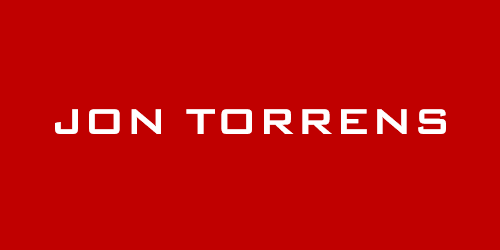I’ve sat through my fair share of terrible presentations that have been based around tedious slides.
These presentations infuriate me while also removing all my energy to do anything about it. Time slows down and I genuinely consider escape routes. The noble art of speaking unintentionally reduced to a form of torture.
But don’t blame PowerPoint; while it can ‘kill’*, it can also be a tool for good. When giving a presentation, here’s what you can do to avoid being ‘that speaker’:
1. Please try to think outside the box. The expected and the everyday are your enemy – they’re boring. Consider having no slides, or using only physical props, or letting the audience choose from a menu of points. Just do something different. Please.
2. Try using only images with no text – specifically, photos that you have taken. Then the audience knows that each slide will be something original with a story attached. The really clever bit is that each image is a cue that’s clear to you, but invisible to the audience. This is very easy and very effective.
3. Try making the whole thing fit into precisely three minutes. Any message can fit into three minutes (data is another story, but a message is easy). Some people think that the more important something is, the longer you should speak about it. This is nonsense; Abraham Lincon’s Gettysburg Address was only a few minutes long, and I suspect he delivered a more powerful message than your weekly update on what the accounts department* has been up to. ‘But a weekly update is different to a rousing wartime speech’, I hear you squeak. Well possibly, but the weekly update has a message, too e.g. ‘everything’s fine’ or ‘we struggled a bit’ or ‘we’ve had a terrible time’. That’s all people care about. If you’re going into specifics to back it all up, then you’re assuming they don’t trust you. Give ’em the bottom line consistently and you’ll build that trust. If they need more detail, they can ask later.
4. Surprise your audience to keep them engaged. This can be with an unusual image of you (it doesn’t have to be something silly, it can actually build your relatability e.g. an image of you doing something completely unrelated to what the audience knows you for). Alternate what you show on each slide: text, images, graphs or chapter headings.
5. Set up your slideshow in advance, then press letter ‘B’ on your keyboard to black out the screen. This means that instead of starting your presentation by opening PowerPoint, looking for the right file and then checking the screen while you fumble about (during which time you lose the audience), you can start seamlessly with a simple “Hello”, pressing ‘B’ to show your first slide and engaging them right from the start. Makes a real difference, this.
6. A few small ones: number your slides with a total (slide numbers on their own are meaningless). Apply the ‘Fade’ transition to all your slides (this is subtle but effective). User a clicker for a smooth flow without being bound to the laptop.
* the infamous ‘Death by Powerpoint’.
** an arbitrary choice. It could just have easily been the HR, Marketing or IT department.
So, do your audience a favour and try doing things differently; it could be much more effective and a lot easier for you, too.
